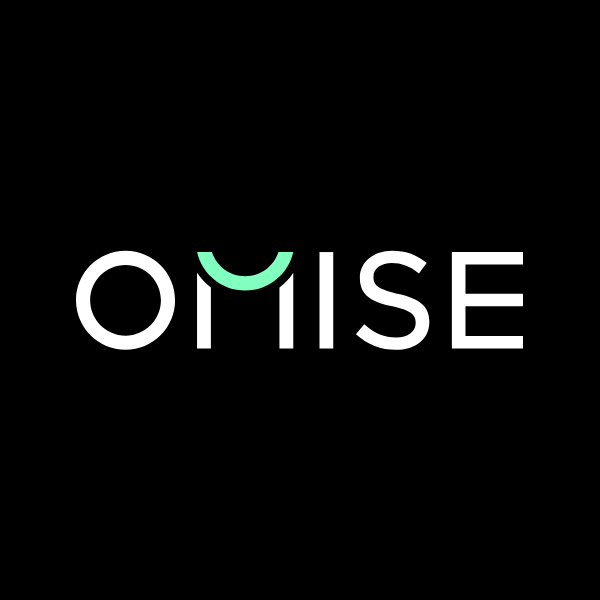Omise

Omise: a Modern Payment Gateway for Southeast Asia
Omise is a PCI-certified online payment gateway with a clean dashboard, robust REST API, and ready-made checkout options that help merchants accept popular local and international payment methods with minimal friction. You can integrate through a hosted checkout, client libraries, or server-to-server API calls, then manage refunds, transfers, and disputes from one place.
Where Omise Operates
Omise launched in Thailand and later expanded to Japan, Singapore, and Malaysia. Pricing pages and feature availability are organized by country, so merchants should review the country-specific section before going live.
Payment Methods You Can Enable
Omise focuses on giving merchants the mix of cards and local rails customers already trust.
-
Cards: accept Visa, Mastercard, and JCB, with Amex availability depending on country and enablement. 3-D Secure can be enabled on supported plugins and flows.
- Local wallets and QR: options include PromptPay in Thailand, PayNow in Singapore, TrueMoney Wallet, Rabbit LINE Pay, Alipay and Alipay+ aggregation, selected mobile banking apps, and more. Each method is documented with region notes so you can match checkout options to your market.
If you prefer a prebuilt front end, Omise provides Omise.js and client libraries that tokenize sensitive data in the browser or app, keeping card data away from your servers and reducing compliance scope.
Pricing at a Glance
Omise uses simple pay-as-you-go pricing with no upfront fees and no long-term lock-in. Fees vary by country and by payment method.
Security, Compliance, and Risk Controls
Omise is PCI DSS compliant and positions its acquiring stack to help reduce audit overhead for merchants. In day-to-day operations, the dashboard includes built-in dispute tools so your team can upload evidence and respond to chargebacks efficiently. These workflows are also accessible by API if you want to manage them inside your own systems.
Integration Paths That Fit Your Stack
You can start quickly through plug-and-play integrations or go fully custom:
-
Ecommerce plugins: official guides are available for Shopify, WooCommerce, Magento, and other popular platforms, with settings for test vs live mode, manual capture, and 3-D Secure toggles.
-
APIs and SDKs: Omise provides client-side libraries and server examples so you can build a tailored checkout, support saved cards, and add new local methods as you expand. Library upgrade guidance is published to keep dependencies current.
-
Hosted checkout and tokens: with Omise.js and hosted components, sensitive data is tokenized in the customer’s browser, which helps keep your environment out of PCI scope while still giving you a branded experience.
Operations You Can Run From the Dashboard
Omise centralizes the payment lifecycle so finance and support teams can work without developer intervention:
-
Refunds, disputes, and transfers managed in one place with real-time status and reporting.
-
Reporting and webhooks for charge events, refunds, and failures so your systems stay in sync.
-
User roles and permissions to control who can view data or take actions across your organization.
For recurring billing or scheduled payouts, use the Schedule API to automate charges or transfers at a defined interval. This is useful for memberships or subscriptions where you want predictable timing without manual work.
Currency and Settlement Considerations
Multi-currency support depends on the country where your Omise account is registered. Review the supported currency list for your market and confirm settlement currency with your account rep if you sell cross-border.
Who Omise is a Good Fit For
-
Thailand-first merchants that need high coverage of local rails like PromptPay, TrueMoney Wallet, and Rabbit LINE Pay while still accepting international cards.
-
Regional brands in Singapore, Japan, and Malaysia that want one provider across multiple markets and the flexibility to add local methods like PayNow or FPX-style bank options via plugins and libraries.
-
Ecommerce teams on Shopify, WooCommerce, or Magento that want to activate Omise without custom code, then grow into API features as volumes scale.
Conclusion
Omise gives you the essentials for Southeast Asia in one platform: card processing with PCI coverage, strong local payment rails for higher conversion, country-specific pricing with no upfront fees, and a dashboard that non-technical teams can actually use.
Omise: Frequently Asked Questions (FAQs)
What is Omise?
Omise is a payment gateway that lets merchants accept cards and local payment methods with secure APIs and plugins.
Which countries does Omise support?
Omise primarily serves merchants in Thailand, Japan, Singapore, and Malaysia, with features that can vary by country.
Which payment methods can I accept with Omise?
You can accept major cards and selected local methods such as PromptPay, PayNow, and popular e-wallets, depending on your country.
Does Omise support 3-D Secure?
Yes. 3-D Secure can be enabled where supported to add an extra layer of authentication for card payments.
How do I integrate Omise with my store?
You can use official plugins for leading platforms or integrate via hosted checkout, Omise.js, and server APIs.
Is Omise PCI compliant?
Yes. Omise is PCI DSS compliant and provides tokenization so sensitive card data does not pass through your servers.
What pricing model does Omise use?
Omise uses pay-as-you-go pricing. Fees differ by country and payment method, so check the pricing page for your market.
Does Omise support subscriptions or recurring billing?
Yes. You can create recurring charges using tokens and scheduling tools for subscriptions and memberships.
Which currencies can I charge and settle in?
Supported charge and settlement currencies depend on your account country. Confirm available options before going live.
How are refunds and chargebacks handled?
You can issue full or partial refunds and manage disputes in the dashboard or via API with status tracking and evidence submission.
How long does onboarding take?
Onboarding time varies by country and business type. After verification, you can process in test mode and then enable live mode.
Does Omise provide webhooks and reporting?
Yes. Webhooks keep your systems in sync, and the dashboard offers reports for payouts, fees, and transaction status.